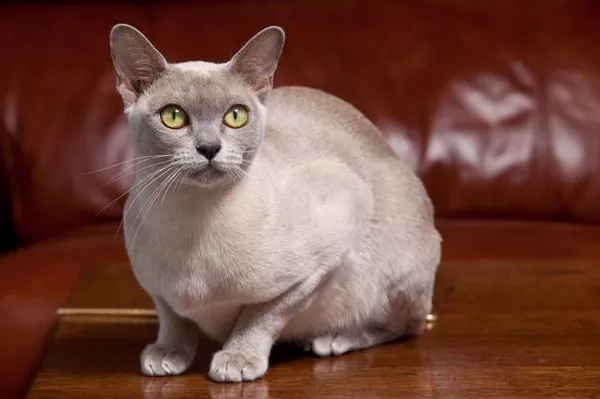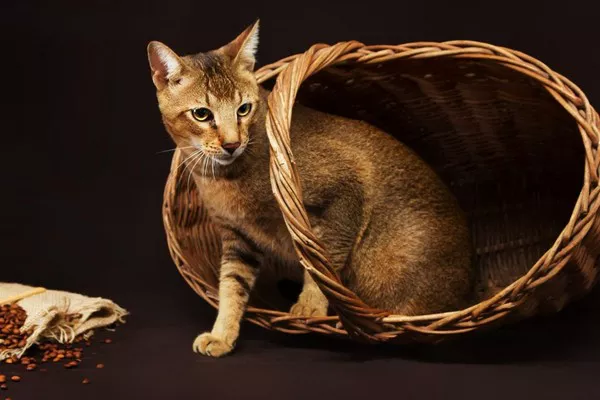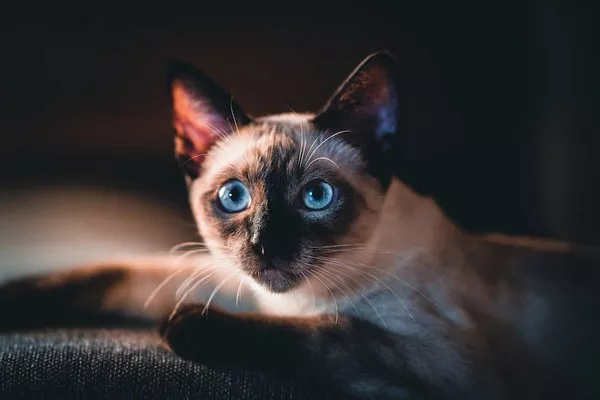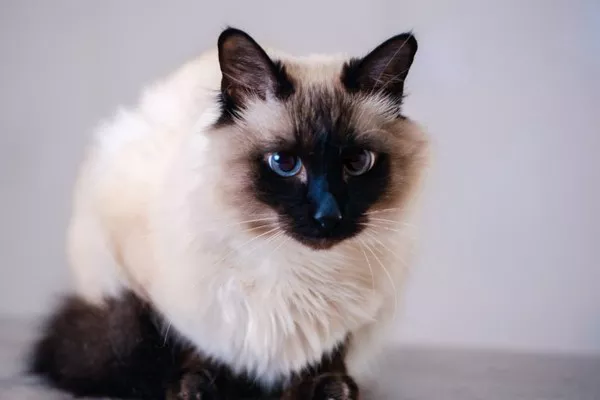Burmese cats are renowned for their affectionate nature, striking appearance, and engaging personalities. These felines have captivated cat enthusiasts worldwide. In this comprehensive article, we will delve deep into the history and breeding origins of Burmese cats. We’ll also explore the unique traits and characteristics that make them such beloved companions. So, let’s embark on a journey to unravel the mysteries of the Burmese cat breed.
1. The Origins of Burmese Cats
Ancient Beginnings
The history of Burmese cats dates back to ancient times, with roots in Southeast Asia. These cats were considered sacred and were often associated with temples and monasteries, where they were cherished as temple cats.
Arrival in the West
The Burmese cat’s journey to the Western world began in the early 20th century. Dr. Joseph Thompson, a military doctor stationed in Burma, brought a pair of Burmese cats named Wong Mau and Tai Mau to the United States in the 1930s. These cats played a pivotal role in introducing the breed to the Western cat fancy.
2. Breeding Origins of the Burmese Cat
Wong Mau: The Foundation Cat
Wong Mau, the first Burmese cat in the United States, became the foundation cat for the breed. She was a sable-colored cat with striking features. Wong Mau was initially believed to be a Siamese cat due to her point coloration, but she carried a unique genetic mutation that set her apart.
Crossbreeding with Siamese Cats
To establish the Burmese breed in the West, Wong Mau was bred with a Siamese cat. This pairing resulted in kittens with the distinct Burmese characteristics that we know today, including their solid coat color and expressive eyes.
Genetic Insights
The breeding process revealed a fascinating genetic aspect of Burmese cats. They possess a gene called the Burmese gene, responsible for their distinct coat coloration. This gene creates a beautiful, warm, sable coat color that sets Burmese cats apart from other breeds.
3. Unique Traits of Burmese Cats
Coat Color and Texture
One of the most distinctive features of Burmese cats is their luxurious coat. They have a short, sleek, and fine coat that is soft to the touch. The sable coat color ranges from a warm, dark brown to a rich, chocolate hue.
Expressive Eyes
Burmese cats are known for their expressive, almond-shaped eyes that come in various shades of yellow or gold. Their eyes reflect their engaging personalities and deep connection with their human companions.
Social and Playful Nature
Burmese cats are incredibly sociable and thrive on human interaction. They are often described as “people cats” due to their affectionate and playful nature. These felines love to be in the company of their human families and are known for their boundless energy.
Vocal and Communicative
Similar to their Siamese relatives, Burmese cats are vocal and enjoy engaging in conversations with their owners. They have a wide range of vocalizations, from soft purrs to melodious meows.
4. Burmese Cats in Modern Times
Popularity and Recognition
Over the years, Burmese cats have gained popularity for their endearing traits and striking appearance. They are recognized by major cat associations worldwide, including The International Cat Association (TICA) and the Cat Fanciers’ Association (CFA).
Health and Care
Burmese cats are generally healthy but can be prone to certain genetic health issues, including dental problems and heart disease. Regular veterinary check-ups and a balanced diet are essential for their well-being.
5. Conclusion
In conclusion, Burmese cats have a rich history and a unique breeding origin that spans across continents. From their sacred beginnings in Southeast Asia to their arrival in the West and subsequent recognition, Burmese cats have left an indelible mark on the world of cat lovers. Their striking appearance, affectionate nature, and expressive eyes continue to capture the hearts of many. Whether you’re a seasoned Burmese cat enthusiast or considering bringing one into your home, understanding their origins and remarkable traits enhances the appreciation of these charming felines. So, here’s to the enduring legacy of the Burmese cat breed!



























